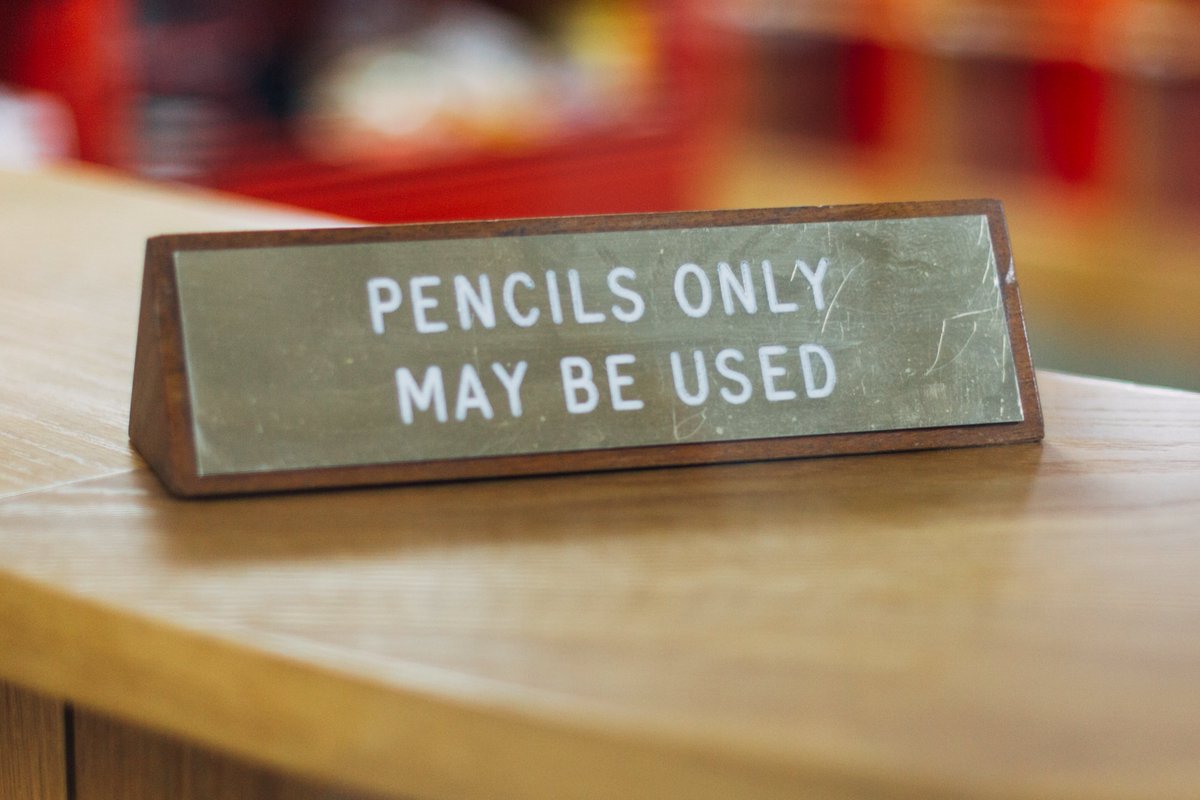
Watching @EmmaRaducanu win her maiden Grand Slam title last night reminded us of another women's tennis champion, Lottie Dod.
Much like Emma, Lottie also achieved success at an incredibly young age. She was just 15 when she won the Wimbledon Ladies' Singles championship in 1887
Much like Emma, Lottie also achieved success at an incredibly young age. She was just 15 when she won the Wimbledon Ladies' Singles championship in 1887

Lottie remains the youngest ever ladies Wimbledon champion and apparently spent much of her career playing tennis in a metal-and-whalebone corset while on court.
Ouch!
Ouch!
Lottie's talents extended beyond tennis and she also won awards in golf, hockey and archery.
In fact she even made it in to the Guinness Book of Records as the most versatile female athlete of all time (along with Babe Zaharias).
📷: COPY 1/458/331
In fact she even made it in to the Guinness Book of Records as the most versatile female athlete of all time (along with Babe Zaharias).
📷: COPY 1/458/331

From 1916 Lottie worked for the British Red Cross at Chelsea VAD Hospital to support the war effort.
Lottie was a regular visitor to Wimbledon for the rest of her life, dying peacefully in 1960 listening to radio commentary of @Wimbledon Championships.
Lottie was a regular visitor to Wimbledon for the rest of her life, dying peacefully in 1960 listening to radio commentary of @Wimbledon Championships.
These images are from our Copyright record series, which contains original forms of application to register photographs and other images.
📷: COPY 1/458/331
📷: COPY 1/458/331

• • •
Missing some Tweet in this thread? You can try to
force a refresh















